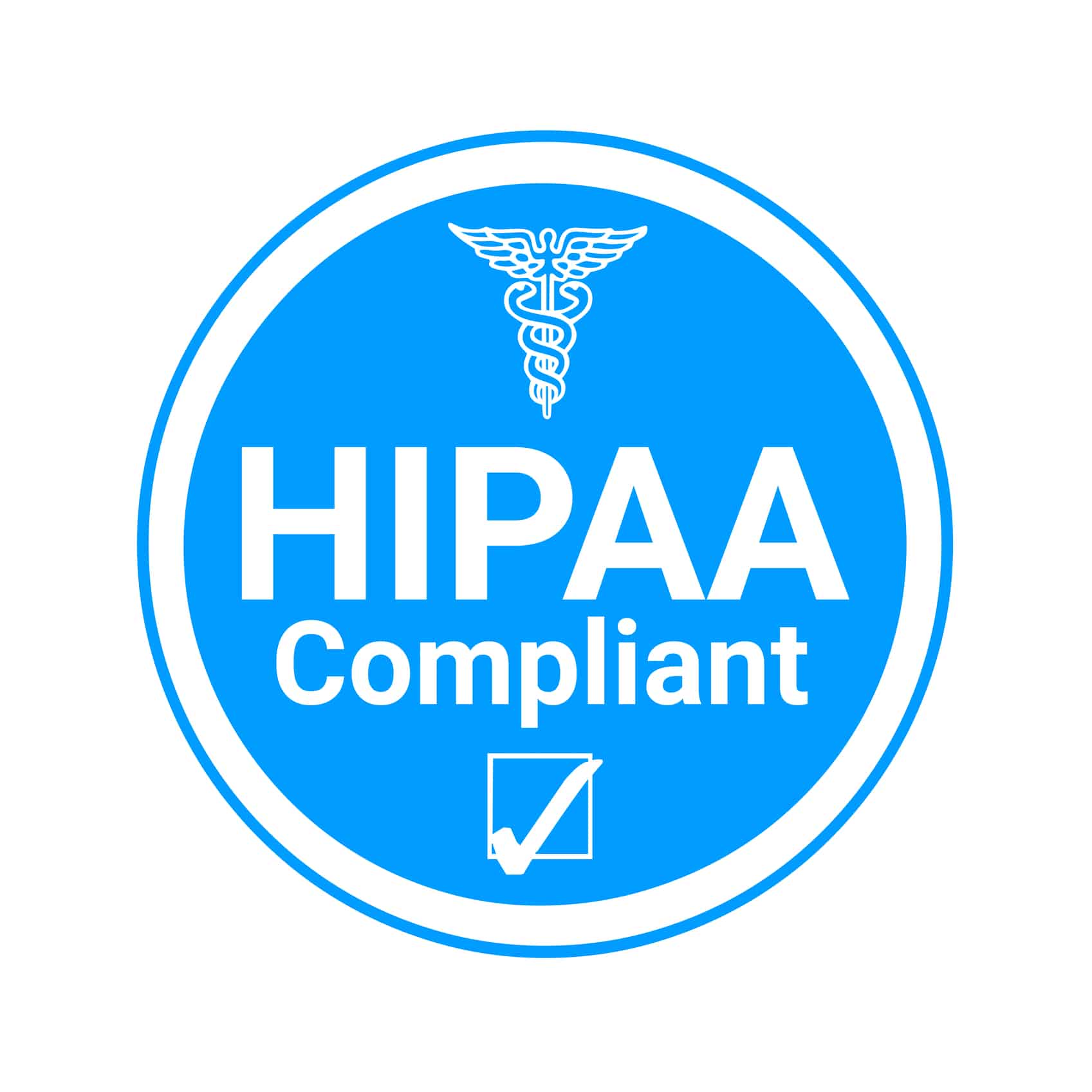
HIPAA Compliance
Introduction:
HIPAA compliance ensures the protection of sensitive patient data by following strict safeguards and policies. By assessing, reporting, and remediating gaps in your compliance, you can maintain a defensible security program and avoid common pitfalls. Start today by taking the right steps to safeguard ePHI.
Key Takeaways:
- Assess Regularly: Conduct annual compliance checkups to identify and address any gaps.
- Document and Report: Create comprehensive, streamlined policies that cover multiple compliance needs, and report findings to gain support for corrective actions.
- Remediate Gaps: Implement corrective actions swiftly, ensuring your HIPAA security measures are practical and well-documented.

It’s no secret that HIPAA compliance can be a complicated – and expensive – endeavor, even for experienced healthcare industry professionals. But it doesn’t have to be overwhelming! If you’re in healthcare and responsible for HIPAA security, compliance, or cybersecurity in general and are looking to get up-to-speed on the basics of HIPAA and establish your organization as compliant with regulatory standards, this blog post is for you. We’ll cut through the red tape and break down exactly what steps need to be taken so that you can breathe easier knowing your foundation for HIPAA security is in place.
HIPAA Compliance Explained
HIPAA Compliance involves adhering to regulations set by the Health Insurance Portability and Accountability Act. It ensures the protection of patient data. Key elements include: administrative safeguards, physical safeguards, technical safeguards, organizational standards, and policies, procedures, and documentation requirements.
When it comes to HIPAA compliance and other compliance efforts, keeping your organization defensible is key. A great way to do this? Documenting not just what you plan on doing in the future, but what you are actually doing today – something we all should keep in mind! I’ve seen this theory fail plenty of times with hundreds of organizations over the years, so let’s make sure that won’t be us!
Step One: Assess
Assessing your HIPAA compliance is one of the most important steps in keeping your business compliant. It’s a great way to identify any shortfalls, so don’t overlook it! HHS has a self-assessment tool and we at RealCISO offer our free assessment platform that looks not only at the HIPAA Security Rule but other compliances such as SOC2 or PCI-DSS.
Make sure you do an annual checkup (at least!) – this will ensure you have the all-clear status OR know exactly what actionable recommendations are needed to get up-to-speed with regulations.
Step Two: Report
While this might seem like a silly step two, most of us in the security industry have learned and come to agree that to make a program work, we can do it alone. The power of this step, when done correctly, is that we get to the latitude and support needed for step three. When you can present a clear set of shortcomings, with a clear and achievable set of corrective action items, it helps to turn the tides of no into go. The easiest item to resolve if you don’t already have it covered is to create HIPAA security policies.
It’s best general practice in information security to not have a different set of documents for every compliance program, so if you already have documentation built, try your best to work the requirements into those so there is less to manage over time. If however, you find it best for your organization to have a specific set of HIPAA security policies, make sure to keep them accessible to the staff and updated each year or, as they say, upon significant change.
Step Three: Remediate
This is a little chicken or egg, and also a bit of a broken record from above, but now we must get to DOING what we said is being done in our documentation above. In most cases, this should be to continue doing what you are already doing, since that’s what should be documented… However, if on the off chance we chose to say we are doing something in our documentation that is currently in place, make it so in short order. There are a lot of low to no-cost tools that can support a growing cybersecurity program for many size organizations, many of which we have in the RealCISO marketplace.
The reality for healthcare providers – You have so many moving parts within your facility or facilities, all with different protocols often already in place. From ICUs that many times prevent random people from walking through to emergency rooms that can be off-the-chart chaotic on Thanksgiving night when you are highly short-staffed. Keeping your HIPAA security program as simple as possible while still meeting the minimum set of standards should be the target until you have a chance to come up for air and get fancy with your cyber program. Maintaining the delicate balance of protecting ePHI while still being able to provide the care you need for your patients is truly the hardest part of this whole game.
Conclusion
So there you have it! Three actionable steps – Assess, Report, Remediate – to help you build a HIPAA security program and keep it running smoothly. You don’t need to be a security expert, spend an endless amount of money or time, or lose sleep night after night; just following these simple steps will put you on the right track. And if you ever feel like you need a little extra help, RealCISO and all of our partners are here to support you. Our platform has the tools and service connections to get your HIPAA compliance journey started quickly and easily.
So what are you waiting for? Get started today!